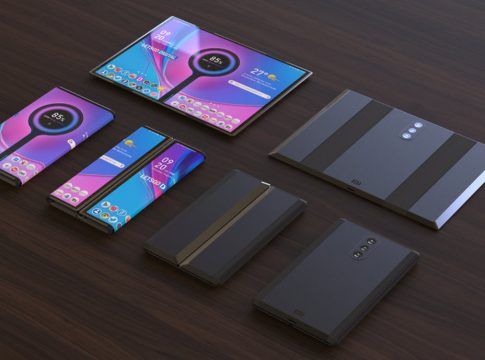It has been a great year for smartphone launches with all of the top manufacturers releasing their latest innovations. Google launched its Pixel 4 and Pixel 4 XL, with a new Soli radar chip and motion controls. But unfortunately, it wasn’t enough to take home the title of Best Smartphone of 2019 despite its great camera.
Huge brands like Apple also had a big year. The iPhone 11, 11 Pro and 11 Pro Max were well received by tech communities and reviewed extremely well. But that was also not enough to convince us that it was the best smartphone to be launched in 2019.
We have also reviewed a slew of smartphones from Infinix and Tecno, but lets face it– they cannot compete with the best of the best smartphone unveiled this year. They are good in terms of value for money, but it’s hard to beat, high-end flagship phones on the top of our Smartphone of the Year Award this time.
That’s right, it was Samsung that took home the gold this year, with the Galaxy Note 10 Plus coming out on top. The Galaxy S10 Plus was the forth, with the OnePlus 7T Pro being the filling of this Samsung sandwich in second place.
1. Galaxy Note 10+
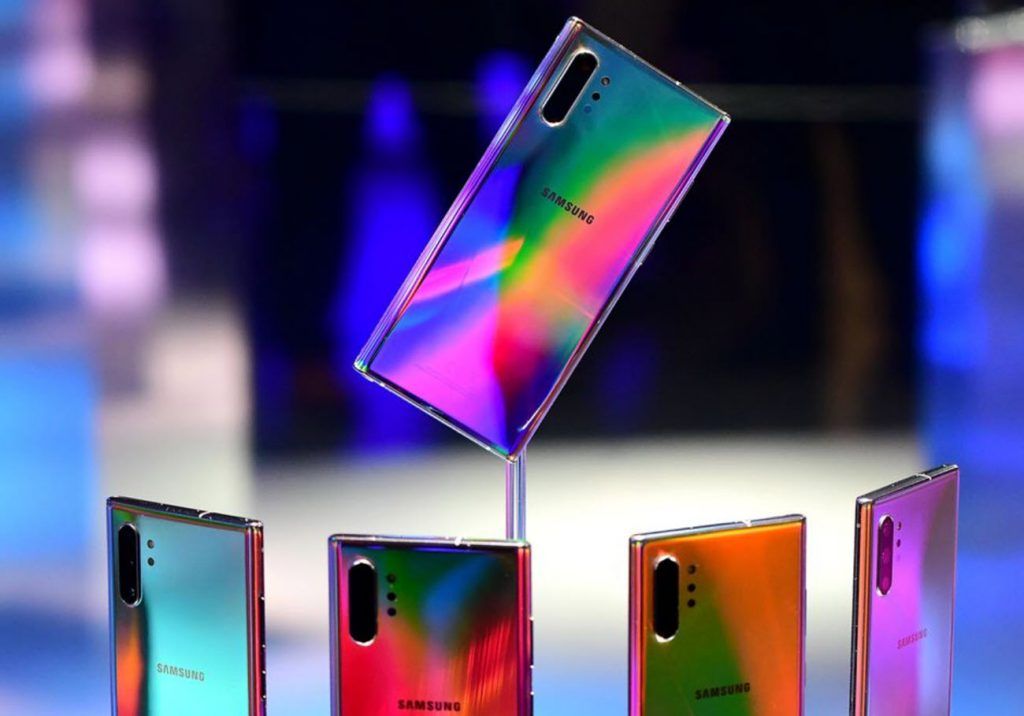
The Note 10 Plus snatches the crown this year. With its all round capabilities. The Samsung Galaxy Note 10 supports many of the most advanced features, notably the unique design, long battery life, stunning display, and an improved S-Pen that recognizes gestures.
In addition, there are a lot of new features that Samsung has supported its new phones, for example: screen recording, and turn off the phones (Note 10) different from the previous Galaxy Note devices, and the camera supports many new tricks not found in Some competing phones, and there are also some hidden features that can enhance the competition of phones (Galaxy Note 10) in the phone market.
2. OnePlus 7 pro/ 7T pro
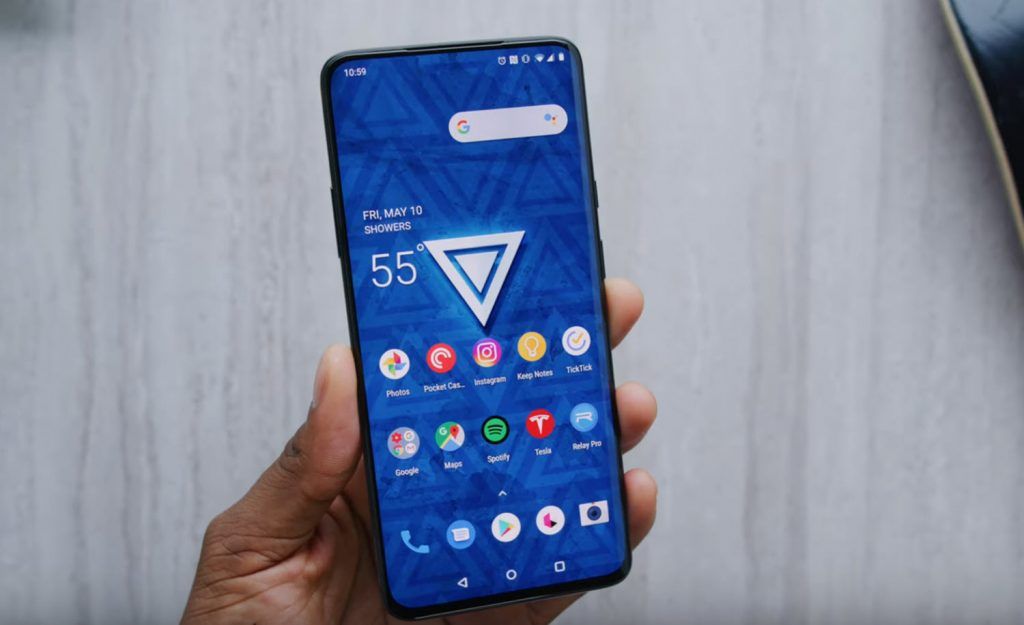
The Oneplus 7 pro smartphone and 7T are both new models that bring the latest processor from Qualcomm, multiple camera arrays, large screens, large batteries, stereo speakers, and OnePlus’ proprietary fast-charging systems. The 7 Pro debuts a number of firsts for the company. It’s the first truly full-screen OnePlus phone without a notch or other screen cutout for a front camera, it’s the first OnePlus phone with a QHD+ (2k) display resolution, and it’s the first OnePlus phone with three cameras on the back (in a wide, standard, and telephoto configuration).
3. iPhone 11 Pro Max
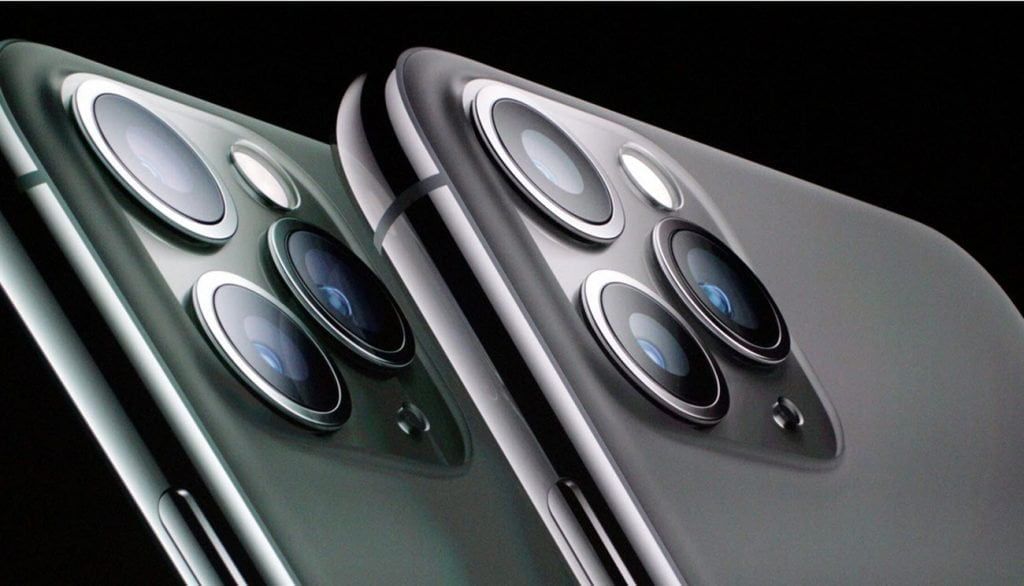
Apple‘s iPhone, takes the bronze medal. This phone has undoubtedly the best smartphone camera for 2019. The upgrades to the physical camera hardware of the iPhone 11 Pro are only part of the story, though. Apple is also upgraded its camera software, and it looks to finally be catching up with Android flagships like the Pixel line by adding a dedicated Night mode to improve performance in dark lighting.
4. Samsung Galaxy s10+

At number 4 is the S10 plus has a new kind of in-display fingerprint sensor and one downside to an ultrasonic fingerprint scanner is that it can’t work through thick screen protectors, so Samsung had to certify certain third-party screen protectors that have been tested to work with the S10. The S10 Plus has same rear camera systems: a three-lens array that provides wide, super wide, and telephoto framing options at the touch of a button.
5. Huawei Mate 30 Pro

Even it it lacks access to the Google play store, the Mate 30’s hardware was good enough to qualify it in the top 5 spot of our best of 2019 smartphones.
When it comes to hardware, the phone has a more typical set of flagship specs. It has a Leica-branded rear camera array contained within a circular camera cutout that Huawei called a “Halo ring design.” The Mate 30 has a main 40-megapixel camera with a f/1.8 aperture, an ultra wide-angle 40-megapixel f/1.8 camera, an 8-megapixel f/2.4 telephoto camera, and a 3D depth sensor.
The Mate 30 Pro smartphone has a larger 4,500mAh battery, compared to 4,200mAh in the Mate 30. Both phones support fast charging up to 40W wired, or 27W when wirelessly charging.
6. Huawei P30 Pro
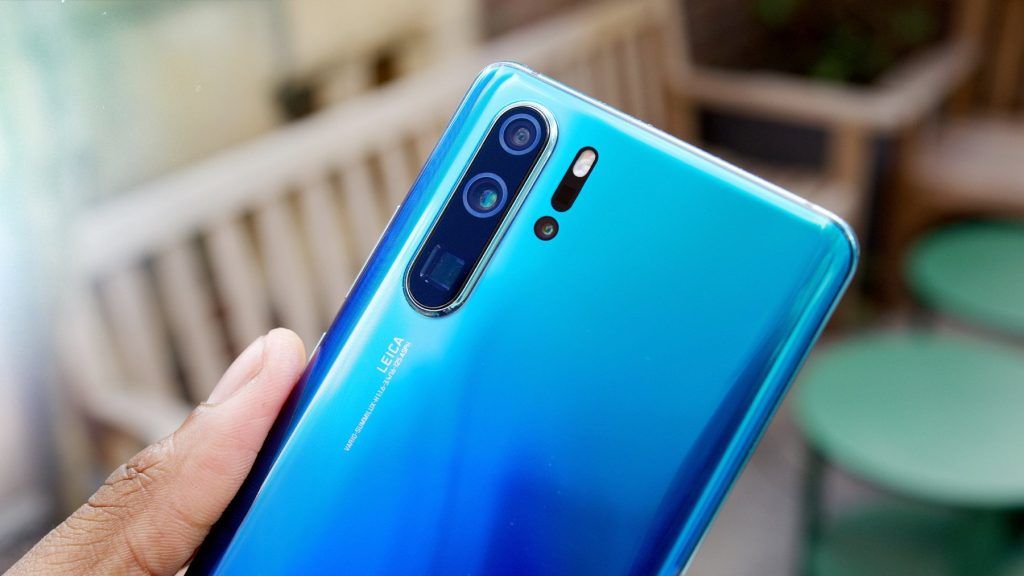
Huawei also takes up the number 6 spot with the P30 Pro, that was launched with great photography prowess in early 2019 that held up with the competition. The P30 Pro has an FHD+ OLED display with a 2340*1080 resolution, both use a HiSilicon Kirin 980 SoC, and both have built-in Goodix based in-screen fingerprint sensors.
The P30 Pro smartphone came with a 6.47-inch screen with a 19.5:9 aspect ratio,
comes with a 4200 mAh battery, with four rear cameras (three aligned vertically plus another below the flash).
7. Motorola Razr (2019)
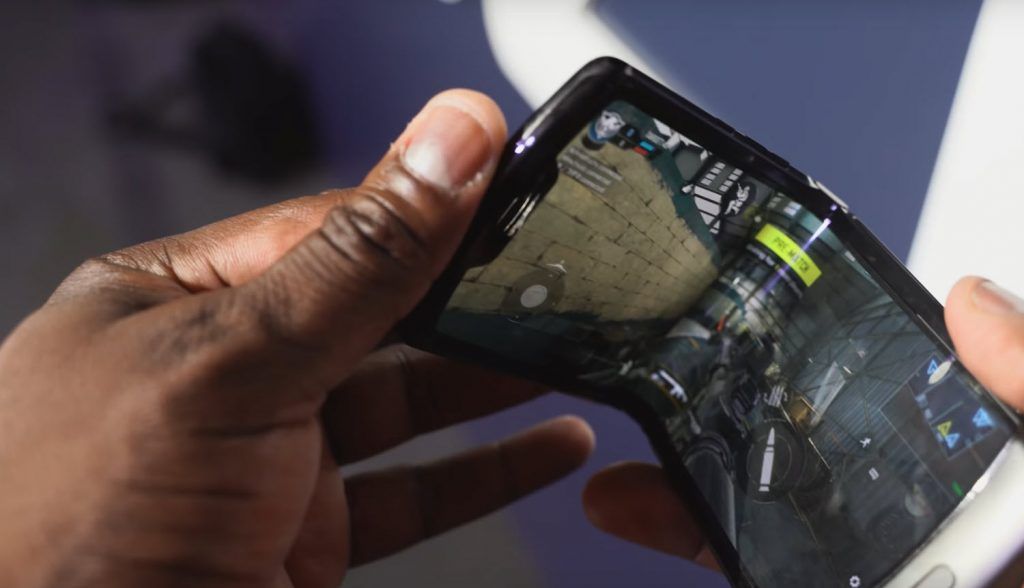
Even if it will technically be released in 2020, the Motorola Razr come back is our first foldable phone that we think is practical. The Motorola Razr is back bringing that 2004 nostalgia flip phone experience but this time with foldable screen and running Android. The 2019 Razr keeps the same general form factor but replaces the T9 keypad and small LCD with a 6.2-inch foldable plastic OLED panel and Android 9 Pie.
The Motorola Razr smartphone turns a conventional-sized smartphone into something much smaller and more pocketable. This is a true heir to the original flip phone, with a design that’s heavily inspired by its 2004 predecessor, right down to the big curved chin on the bottom (which now also hosts a more modern fingerprint sensor and a USB-C charging port).
8. Google Pixel 4 XL
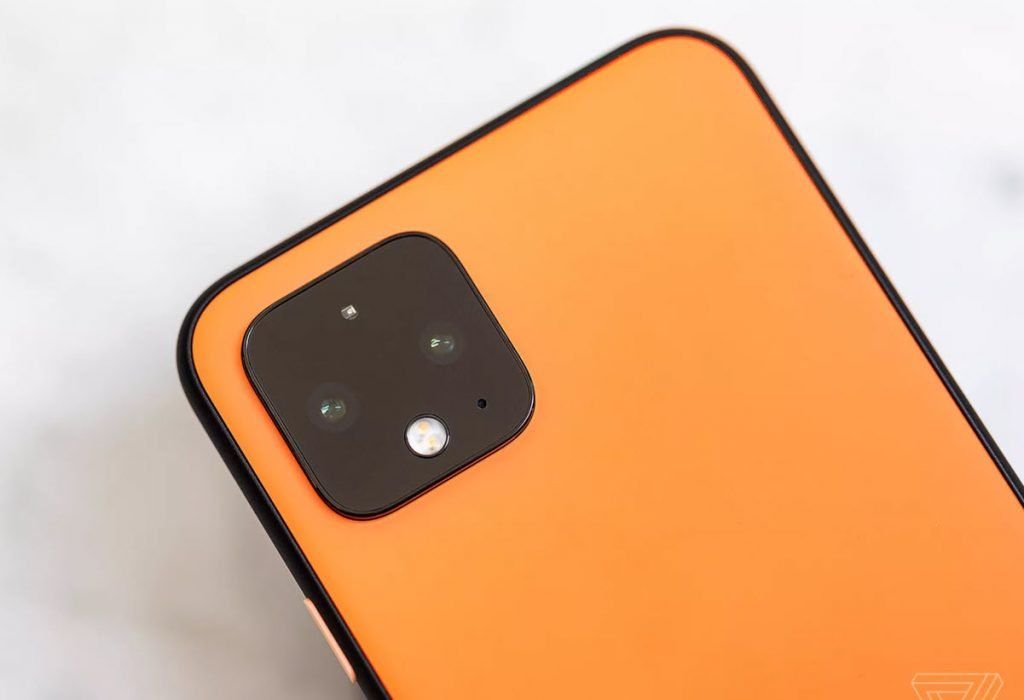
The Pixel 4 was a disappointment for flagship smartphones. The Google Pixel 4 came with tonne of new technologies. Starting from face unlock like on the Apple iPhoneX or Huawei Mate 30 and 20. The phones also come a high refresh rate screen at 90Hz, a faster Google Assistant, and spatial awareness using radar. It also is introducing a new design language that’s a departure not only from previous phones, but from any hardware Google makes. Google Pixel 4 needed to keep up in the camera department given that new phones like the iPhone 11 Pro had just taken the “best smartphone camera” crown away.
9. Samsung Galaxy Fold
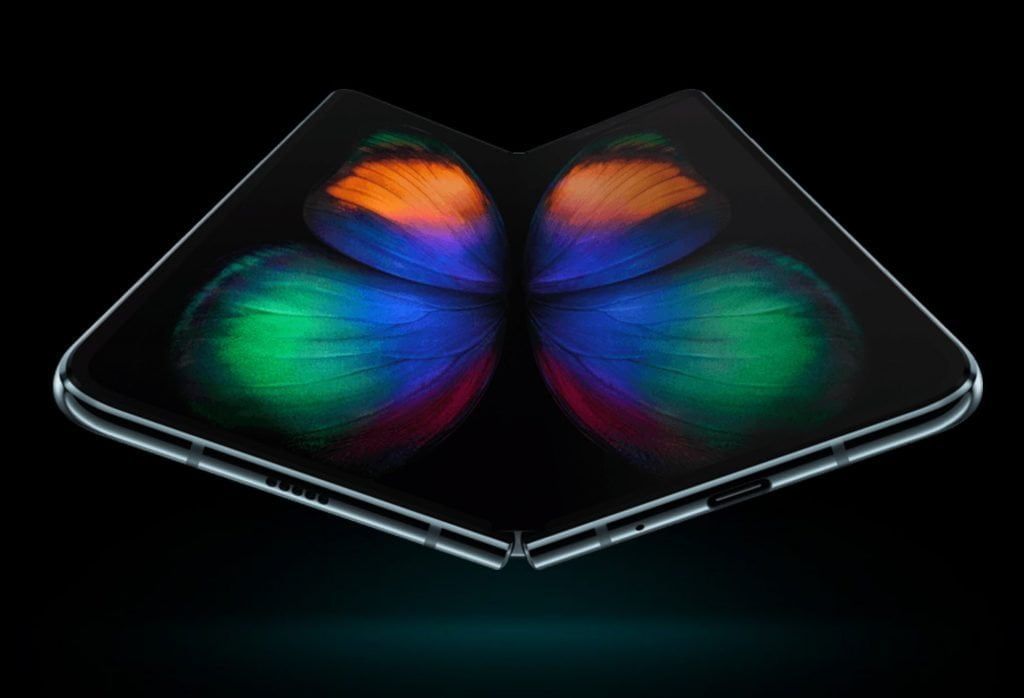
This is Samsung’s first foldable phone that was faced with several design issues at launch. Samsung repaired all issues and added layers of metal underneath the display of the Galaxy Fold to make it feel robust, particularly when you touch and interact with the display. This is less noticeable by itself, but when you combine it with the hinge changes, it certainly comes off like a more polished device overall. Other than these hinge and display changes, the device is the same on the inside as it was back in April: it has a Snapdragon 855 processor, 12GB of RAM, and 512GB of storage.
10. Huawei Mate X
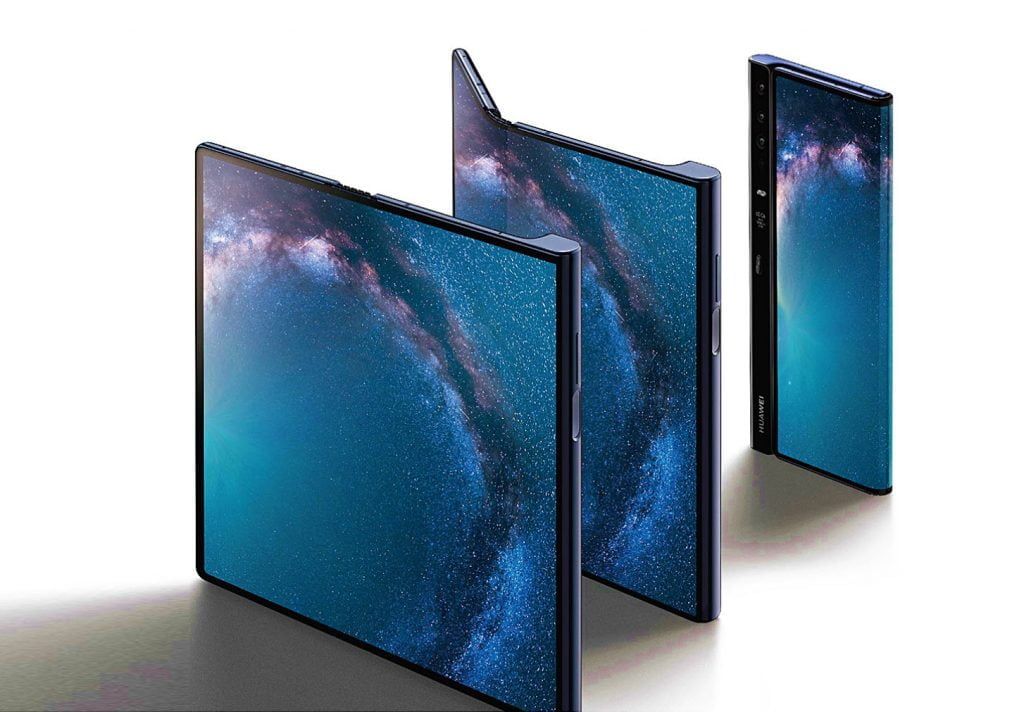
This is Huawei’s answer to the foldable smartphone world. It is only currently launched in China and its launch has been delayed several times. The Mate X foldable phone was originally unveiled launched in February it has a single 8-inch OLED panel that folds in two, 8GB of RAM, three cameras, 5G support, and costs roughly UGX 9.7m ($2,600) before taxes .
